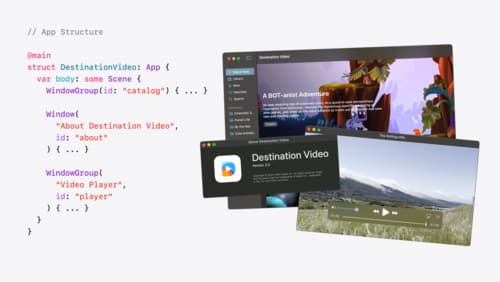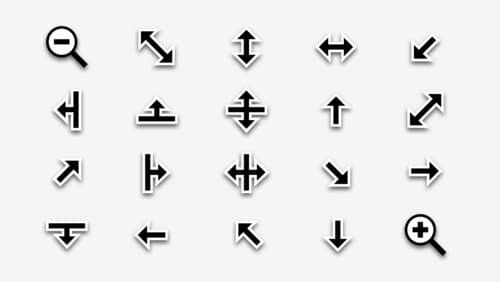How can I create a dynamic status bar?
Asked on 2024-08-12
1 search
To create a dynamic status bar, you can explore the new features and APIs introduced in iPadOS 18, which enhance the tab bar and sidebar experience. The tab bar has been refreshed with a new compact look, and it can now optionally be displayed as a sidebar. This allows for a more integrated appearance and supports user customization, enabling users to personalize their app experience by showing, hiding, or reordering tabs.
For more detailed guidance on implementing these features, you can refer to the session titled "Elevate your tab and sidebar experience in iPadOS" from WWDC 2024. This session covers the adoption of the new tab bar and sidebar, supporting user customization, and building for a multi-platform experience.
If you are interested in specific implementation details, you might want to check out the chapter on "Tab bar and sidebar refresh" in the same session. Here is the link to the session for more information.

Tailor macOS windows with SwiftUI
Make your windows feel tailor-made for macOS. Fine-tune your app’s windows for focused purposes, ease of use, and to express functionality. Use SwiftUI to style window toolbars and backgrounds. Arrange your windows with precision, and make smart decisions about restoration and minimization.

Platforms State of the Union
Discover the newest advancements on Apple platforms.

What’s new in AppKit
Discover the latest advances in Mac app development. Get an overview of the new features in macOS Sequoia, and how to adopt them in your app. Explore new ways to integrate your existing code with SwiftUI. Learn about the improvements made to numerous AppKit controls, like toolbars, menus, text input, and more.
